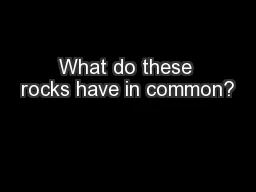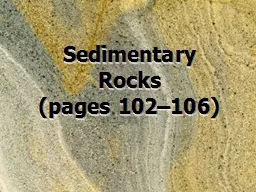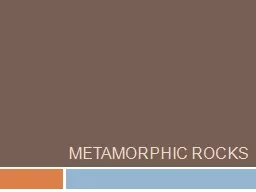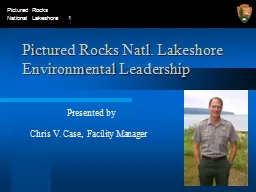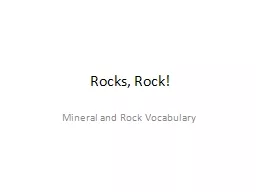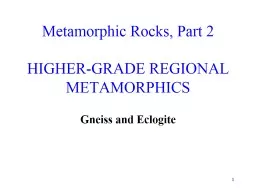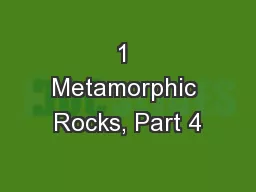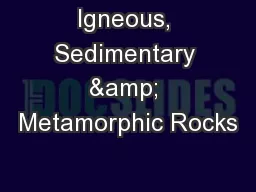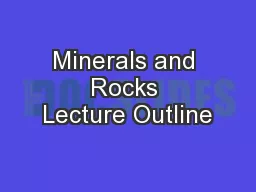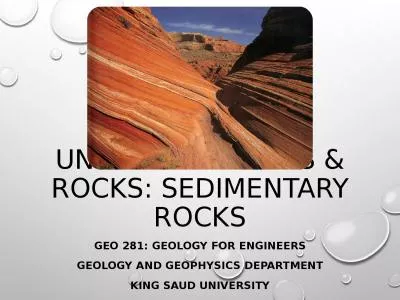PPT-What do these rocks have in common?
Author : tawny-fly | Published Date : 2017-04-03
What do you see that makes you say so Be as specific and as scientific as you can Coal Limestone Fossil Coral The Organisms Chapter of the Rock Story Biotic Rocks
Presentation Embed Code
Download Presentation
Download Presentation The PPT/PDF document "What do these rocks have in common?" is the property of its rightful owner. Permission is granted to download and print the materials on this website for personal, non-commercial use only, and to display it on your personal computer provided you do not modify the materials and that you retain all copyright notices contained in the materials. By downloading content from our website, you accept the terms of this agreement.
What do these rocks have in common?: Transcript
Download Rules Of Document
"What do these rocks have in common?"The content belongs to its owner. You may download and print it for personal use, without modification, and keep all copyright notices. By downloading, you agree to these terms.
Related Documents

